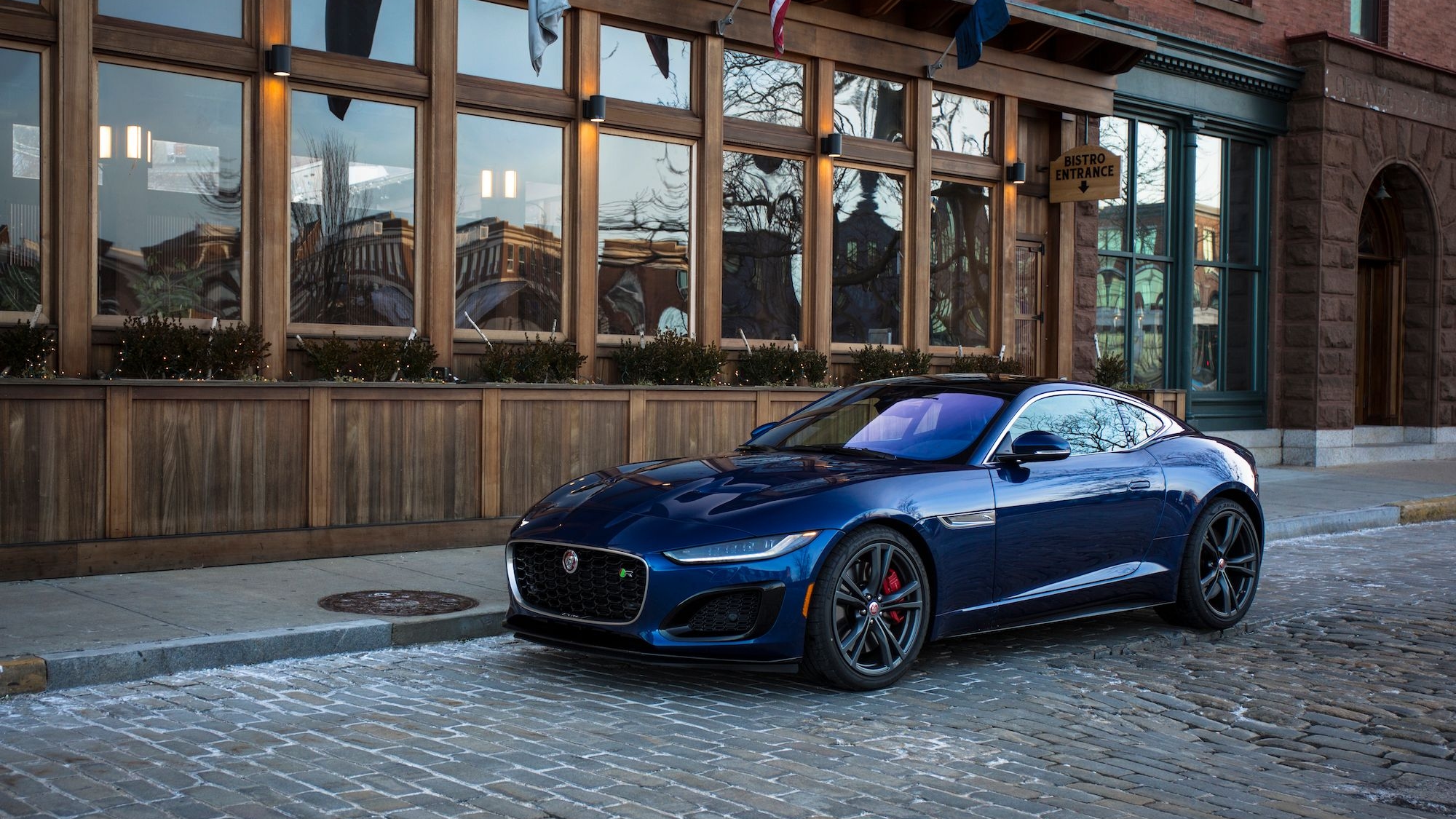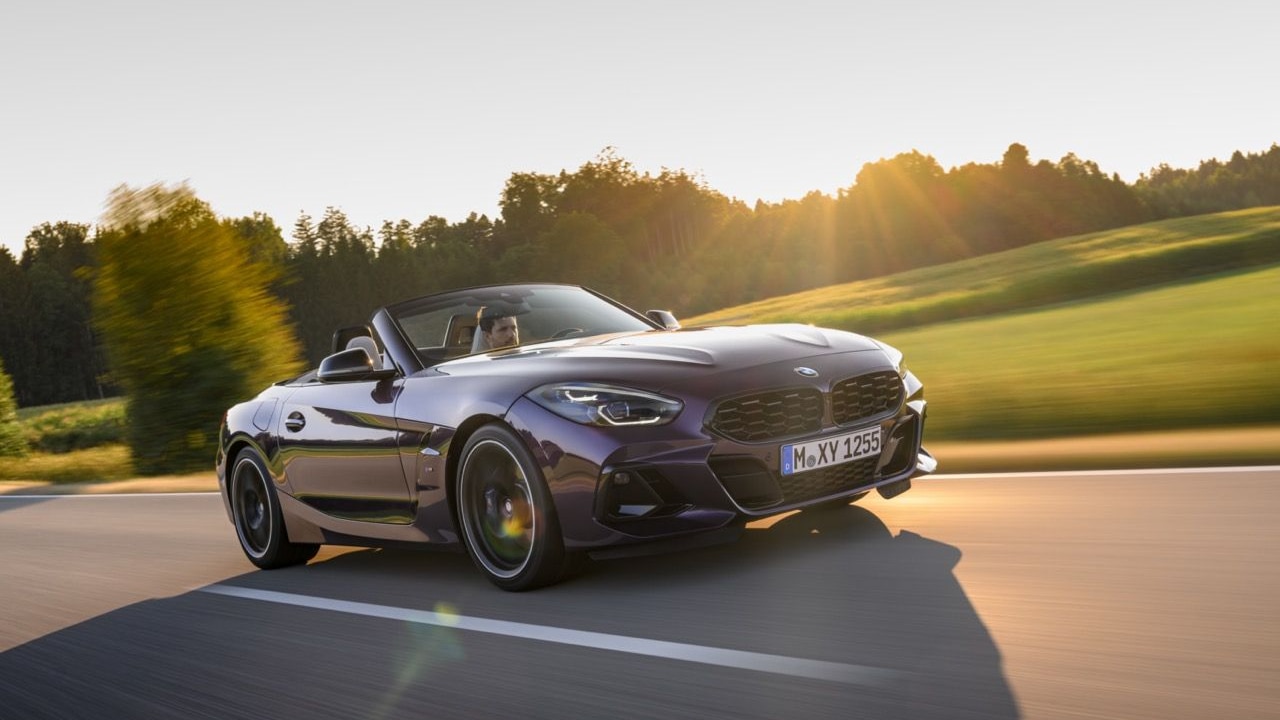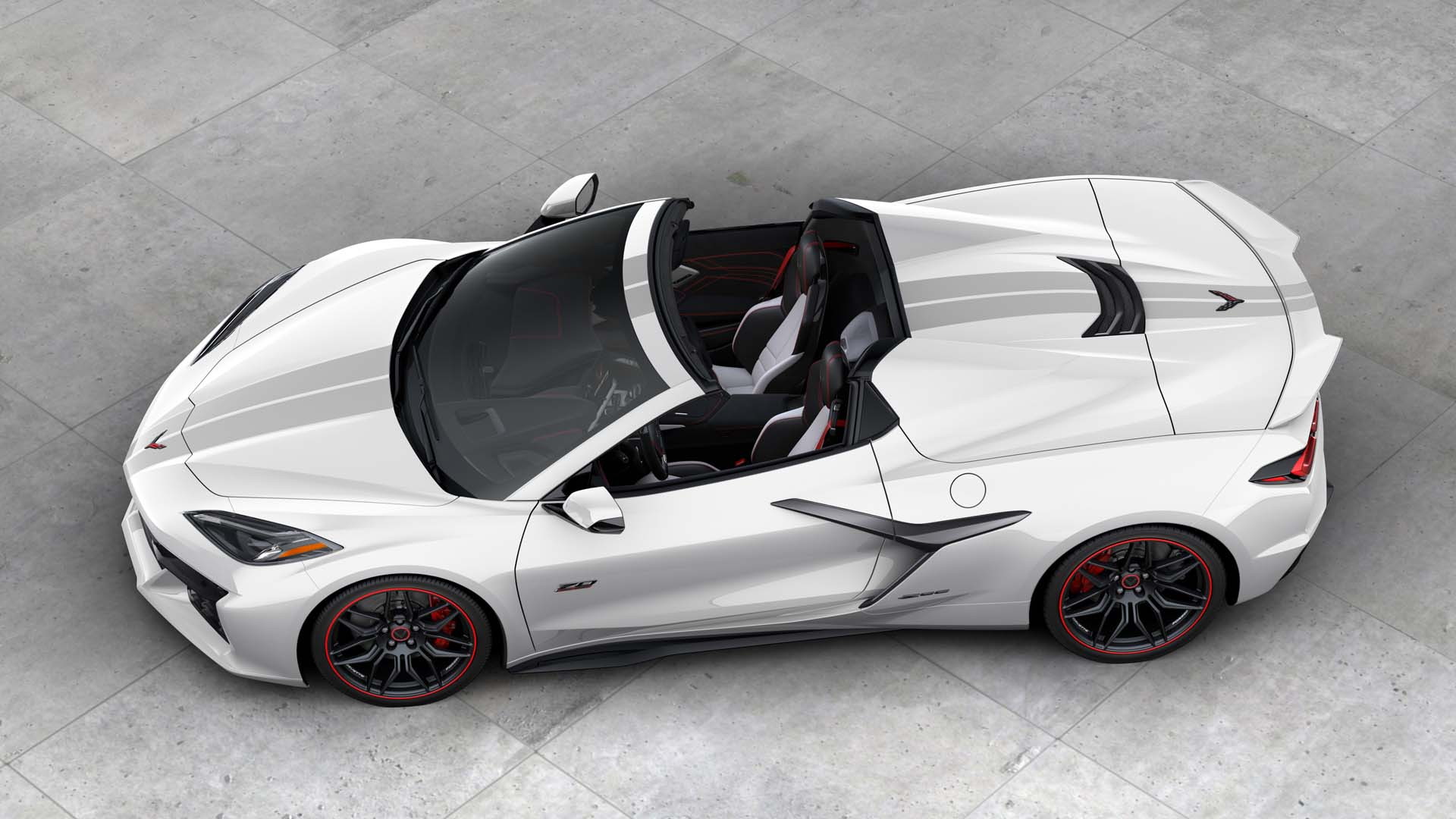
The Jaguar E-Type
It's been displayed in New York's Museum of Modern Art and was the third car to enter MoMA's permanent collection, after a 1948 Cisitalia 202 and a 1990 Ferrari F1 car.
The E-Type sprang from a pair of concept cars in 1957 and 1960 that evolved the racing and design heritage of the Jaguar D-Type.
When it was launched, no less a personage than Enzo Ferrari deemed it "the most beautiful car ever made."
The production Jaguar E-Type lasted 14 model years and was offered in three different body styles: a two-seat coupe, a two-seat convertible, and a 2+2 version with an extended wheelbase.
Engines were a variety of Jaguar straight sixes--of 3.8 liters and then, from 1965, 4.2 liters--and then in 1969, Jaguar's first-ever V-12, fitted to the 2+2 and a convertible on the longer-wheelbase 2+2 chassis.
Of 70,000 E-Types built, most numerous are the Series 1 cars, built from April 1961 through 1968.
These are perhaps the most classic of all E-Types, with their glass-enclosed headlights, small rear taillights, symmetrical array of toggle switches on the dashboard, and delicate chrome bumperettes that were largely decorative rather than protective.
The U.S. market was always the largest single outlet for E-Types--sold in the U.S. as the Jaguar XK-E to follow the XK-140 and stillborn XK-SS models--and an array of new U.S. vehicles regulations starting in January 1968 produced an increasing variety of changes to the E-Type over its last six years.
The Series 2 cars built from 1968 through 1971 retained the 4.2-liter engine fitted since 1964, but uncovered the headlights and fitted larger rear lights, substituted rocker switches for the dashboard toggles, and incorporated successive changes to engine tuning.

Jaguar E-Type 50th anniversary, The Quail
That 5.3-liter V-12, incidentally, produced 242 to 295 horsepower depending on emissions controls and tuning.
The 2014 Jaguar F-Type, in contrast, develops 340 hp and 380 hp from the two variants of its 3.0-liter supercharged V-6.
Step up to the F-Type's 5.0-liter supercharged V-8, and you can have a whopping 495 hp--an output limited to only the most powerful racing cars back in the days of the E-Type.
And the 2014 F-Type must comply with a host of global regulations--front, side, and rear crash safety, emissions, lighting, pedestrian safety, and hundreds of others--that the E-Type's designers likely couldn't even have imagined.

2011 Rolex Monterey Motorsports Reunion: Jaguar E-Types
But the car's complex construction--from the sections of tube frame through the huge front-hinged opening front end--made it challenging to repair even when new.
Highly valued now, a Jaguar E-Type remains an expensive and complicated restoration project.
On the road, however, the car turns heads in a way that almost no other car will match.
And for that quality alone, the Jaguar E-Type remains perhaps the archetypal Jaguar sports car--and a true classic.



